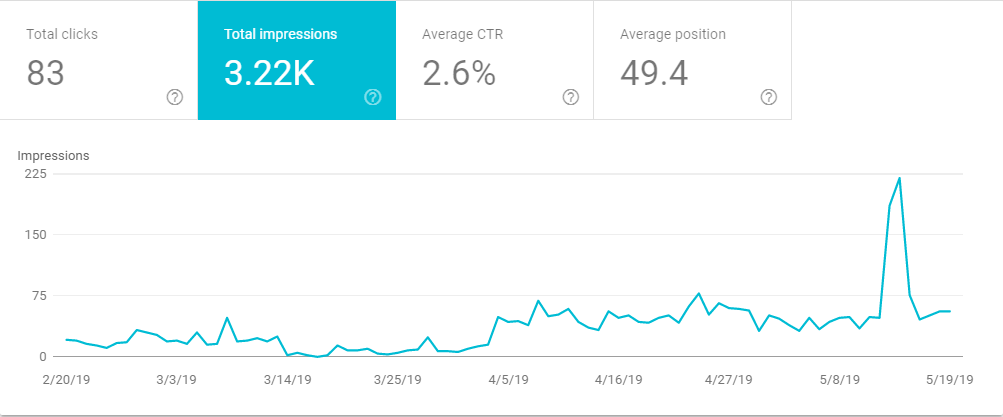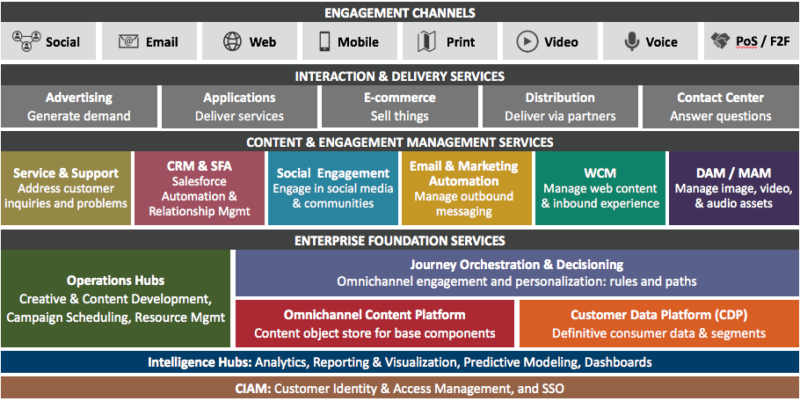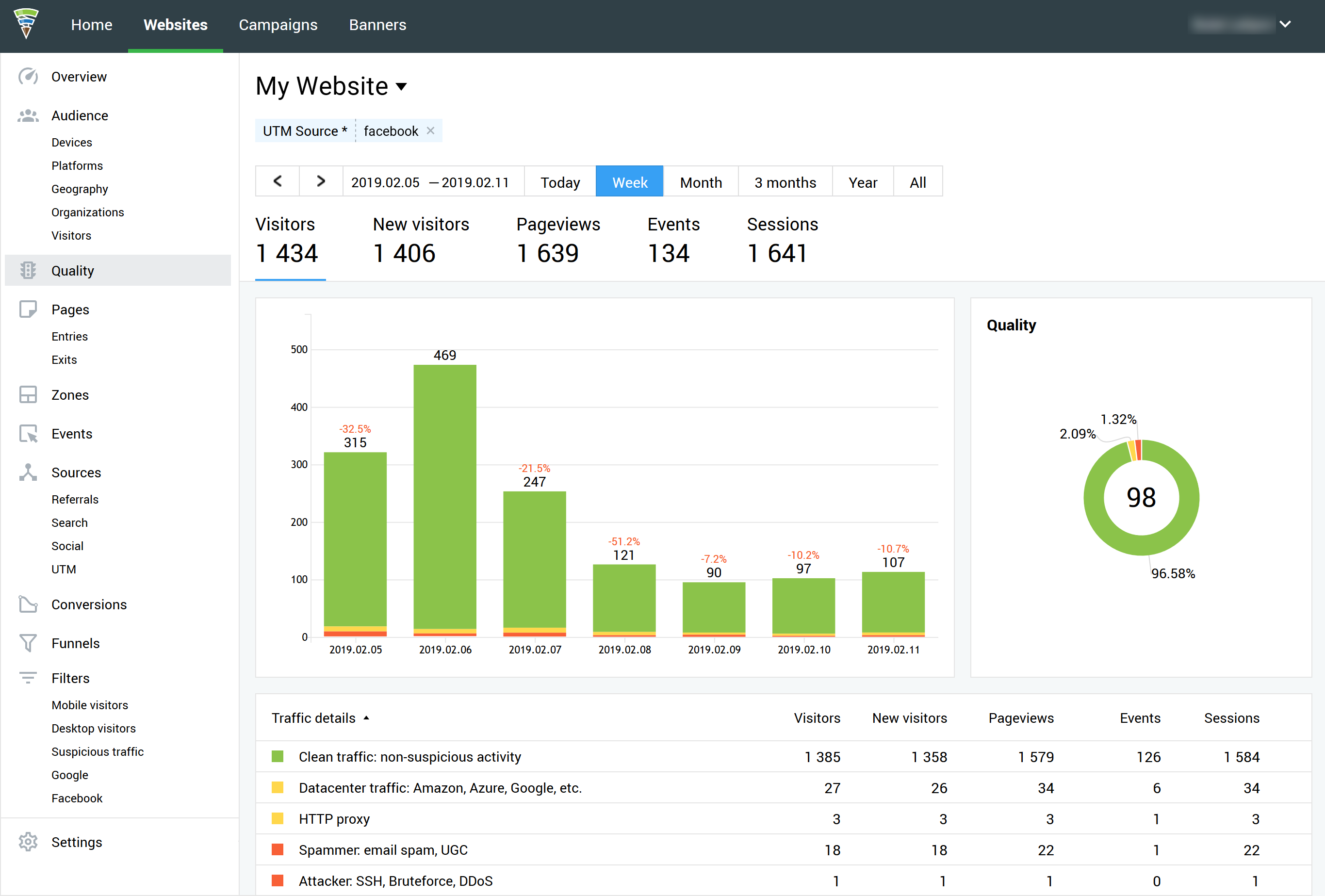You can hardly avoid facts that make you feel your age these days – I realized the other day there are people that are legal adults who have no idea that Netflix used to send you DVDs in the mail. Before becoming the most popular over-the-top (OTT) streaming service on earth, with almost 150 million global subscribers, it helped bridge the gap between the days of heading down to the local video store, and the way we consume media today. Many have tried to follow in Netflix’s footsteps and with so much choice, audiences have become ever more fickle and impatient. They want the best possible content at the lowest cost, and they want it available 24/7.
This year is set to be particularly crowded in the OTT subscription market, with Disney+, Apple TV+ and Britbox all launching to join Netflix, Amazon Prime, Now TV, Roku, Hulu, HBO Go…the list goes on. So, when launching a product like this, how can brands ensure they stand out from the (jam-packed) crowd?

Today I’ll be reviewing some of the key learnings we’ve acquired at my employer, Merkle, when marketing these kinds of services, many of which can be applied across a range of other verticals.
Exploring niche audiences
Unlike your internet or gas provider, streaming services have the unusual quality that users or households may choose more than one. In fact, a compelling argument for many of these big brands setting up new services is that almost half of UK households have more than one streaming video-on-demand (SVOD) subscription, and that number of multi-subscription households is growing each year. So knowing this, you might assume a prime audience for your new service is people that are already subscribed to another.
But let’s think about that compelling argument for a second. Netflix is king, so that’s likely streaming service number one in a lot of those cases. And number two? Amazon Prime. With 75 million global subscribers it’s a not-very-close second. But arguing that so many households have more than one streaming service means they clearly don’t mind paying twice, is ignoring Amazon Prime’s other purpose. Prime Video comes with an Amazon Prime subscription. The incredibly popular membership which means next-day delivery on millions of Amazon’s products. Speaking purely for myself, I’ve been a Prime member for almost a year (people finally got sick of me asking to use theirs for deliveries) and have never once logged into Video. While I’m just a focus group of one and I’m sure many Prime users do choose to take advantage of the added bonus of instant video alongside speedy delivery, it’s difficult to know how many “double streamers” would have chosen that second service for the video content alone.
That’s not to say people aren’t willing to pay for more than one service or that you should exclude current SVOD subscribers from your targeting, but you cannot rely on them alone. Instead, it’s important to identify other relevant, niche audiences that will respond to specific USPs. The best way to do this is by analyzing your first-party data, but short of having any (what with being a brand new service), there are a host of audience insight tools available such as Hitwise or Mintel that help you dive a bit deeper.
Each of the SVOD services available today and being released this year have something unique to offer users, and they need to make sure that they’re promoting that message to the right audience. Simply saying “here’s another streaming service to add to your list” will not be good enough.
App-install formats
While it might seem obvious that to get people using a streaming app, you should be putting some budget behind app install formats, what we’ve learned at Merkle is that particularly for a launch, that’s where the vast majority of budget needs to go.
Last year when launching a new sports streaming app, we’d originally planned for most of the budget to go behind ads leading to the website. Our thinking is that as this is a new product, users would want an opportunity to find out more about the brand before signing up to a free trial, and of course, eventually downloading the app. But we very quickly had to pivot our strategy as we found this was falling short of our free-trial targets. Instead, we started to plow around 80% of budget behind the variety of app-install formats available across our digital channels such as:
- Google app campaigns: Single campaigns that run across search, Google Play, YouTube and the Google Display Network. They’re easy to set up as they use text and assets from your app store listing to compose ads and run with automatic bidding and targeting. The disadvantage is you have limited control over where your ads appear so negative keyword and placement lists are vital.
- Facebook app install ads: Ads that can run across Facebook, Instagram and the Facebook Audience Network, linking directly to your app listing. With 70% of traffic on Facebook is mobile, it’s a fantastic way to reach users when they’re in “app download mode.” However, it’s a good idea to complement these ads with some targeting desktop and leading to your website, so that the remaining 30% of users aren’t excluded.
- DV360 mobile campaigns: More recently, the ability to promote apps through DV360 has been released. Simply create a new line item and select “Mobile app install,” and you can choose the same kinds of targeting you would for any of your other campaigns in the platform.

When running any of these formats, it’s vital to have pixels in place to track who has downloaded the app. Not only to be able to report on performance, but also to build an audience of app downloaders that you can then exclude from these campaigns. Otherwise, you risk wasting money on users that have already taken your desired action.
Automation and personalization
One thing all SVOD services have in common is a lot of content. Some more than others, but we’re talking thousands of combinations of shows, actors and genres per platform. Even for the likes of Apple and Disney, their brand name alone is not going to be enough to convince people to take out a new or second subscription. Instead, they need to effectively promote their content at scale, and to the right audiences. Automation and personalization are vital for this.
There have been huge developments in automation across digital platforms in the last few years, which has eased the burden of manual labor when marketing extensive inventory like this. A handful of successful tactics tried and tested at Merkle are:
1. Inventory management
Available in Search Ads 360, inventory management uses a product feed, ad templates and rules to automatically build out hundreds, if not thousands of keywords, ad variants and extensions for search campaigns. In a fraction of the time that a manual build would take, you can have full coverage for every show and actor featured in your inventory, meaning you can serve highly relevant ads for even the most granular, niche searches. After building inventory management campaigns for an SVOD client last year, we saw a 59% reduction in CPA within three months.
2. Dynamic creative
Dynamic creative is something retailers, in particular, familiar with when retargeting users with specific products that have been viewed on site. But it can also be utilized for prospecting. Templates built in Google Studio can pull different ad components such as logos, show names, etc., from a feed to create multiple ad variants. These different variants can be run in rotation and optimized towards best performers over time. Or, you can layer over targeting to serve relevant ads to certain users with no manual build work. For a sports streaming service, we used geotargeting and audience segmentation to identify fans of particular football clubs and served them ads showing their team logo and upcoming fixtures. This achieved a 22% reduction in cost-per-free-trial compared to non-dynamic creative
3. Optimization rules on social
Facebook was a little behind the other half of the duopoly in terms of automation, but last year, they released automated rules within Ads Manager. These rules can monitor the performance of campaigns and ad sets and make automatic changes based on parameters that you set. For instance, we’ve created rules to increase bids on any ad sets that have led to more than X number of conversions below our target CPA. This means we’re able to react in real time to changes in performance without constant manual monitoring, driving the best possible performance from campaigns. This was particularly useful over weekends when launching new content, as naturally fewer people are in the office, and overall we saw a 60% reduction in cost-per-free-trial through social utilizing these rules.
Retention strategies
So your acquisition campaigns have been a huge success. You’ve met your app download and free trial targets – what’s next? Well, you’re not even close to the finish line. It’s important to have retention strategies in place from day one to make sure that acquisition translates into lifetime value.
Ninety percent of apps downloaded today are never opened again. To avoid ending up in the “scrAppheap,” create remarketing lists of users that have downloaded the app but not started their free trial and target them with app engagement campaigns. They aren’t going to remember it’s there by themselves; you need to provide that reminder.
As for users that have started their free trial, don’t let them slip away at 29 days. Make sure that when their free trial is about to end, they are reminded of some great content they haven’t explored yet, or maybe the option to refer a friend for a reduced price for a month. All too easily people jump from one free trial to another, so don’t assume that you’ll keep them as a customer without some investment.
Final thoughts
Streaming has revolutionized our media consumption, and the market is likely to get even more cluttered over the next few years. Users will not be willing to pay for a never-ending list of subscriptions, but there can be room in the market for a new service that taps into the right audience with relevant USPs, and strong marketing tactics.
Opinions expressed in this article are those of the guest author and not necessarily Marketing Land. Staff authors are listed here.







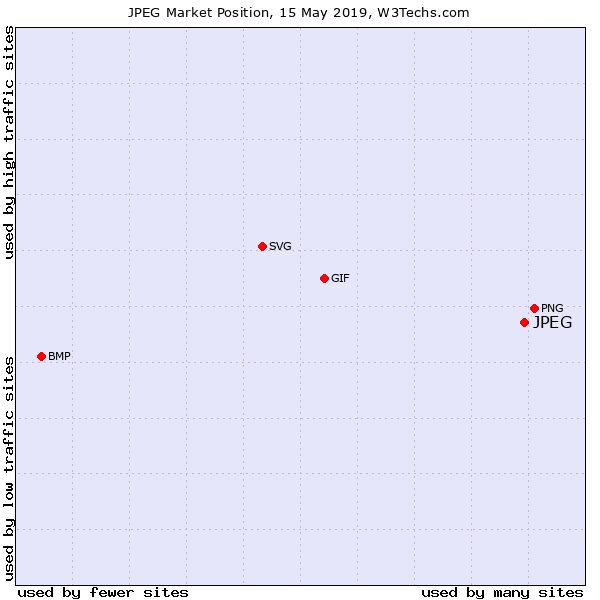

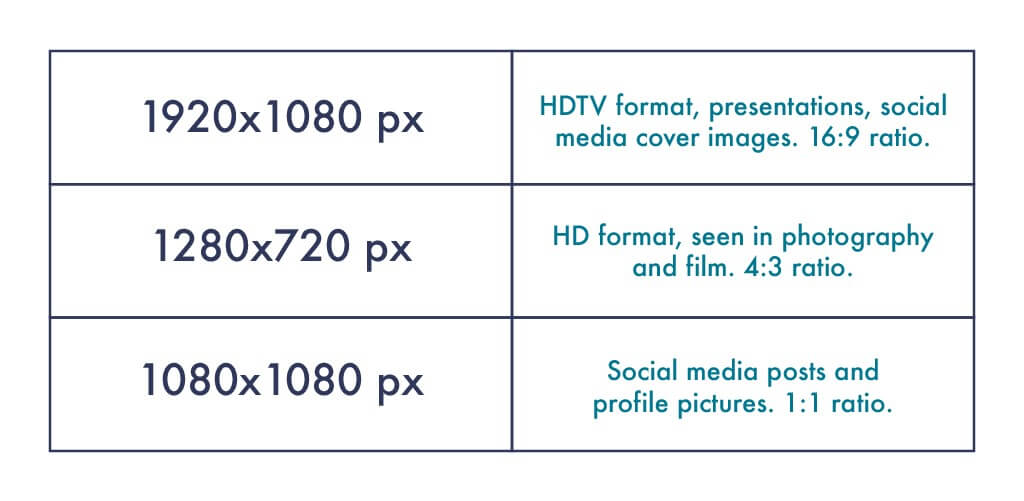 Source: Shutterstock
Source: Shutterstock









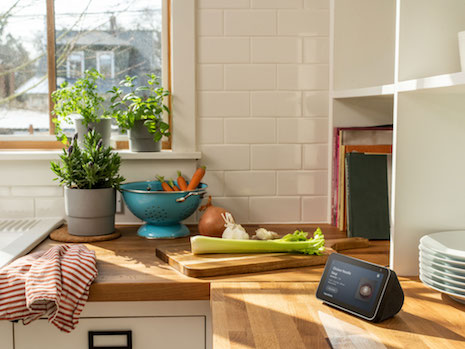



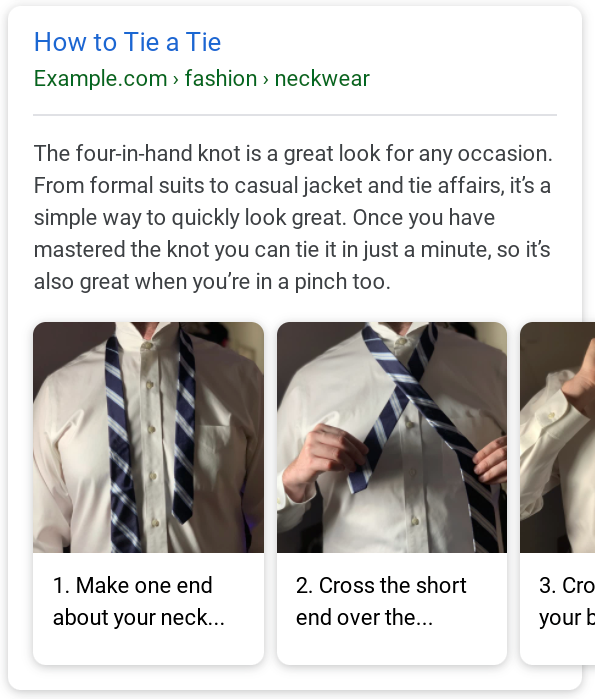
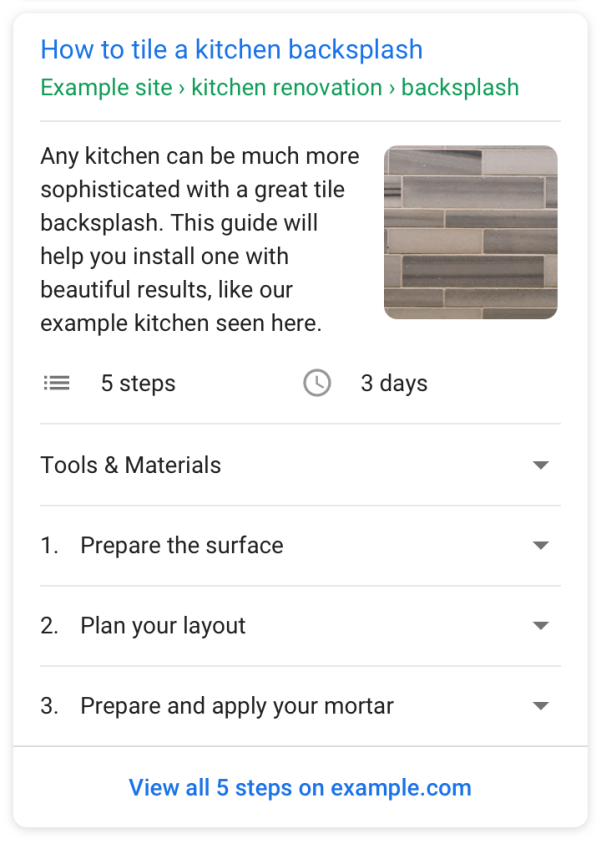
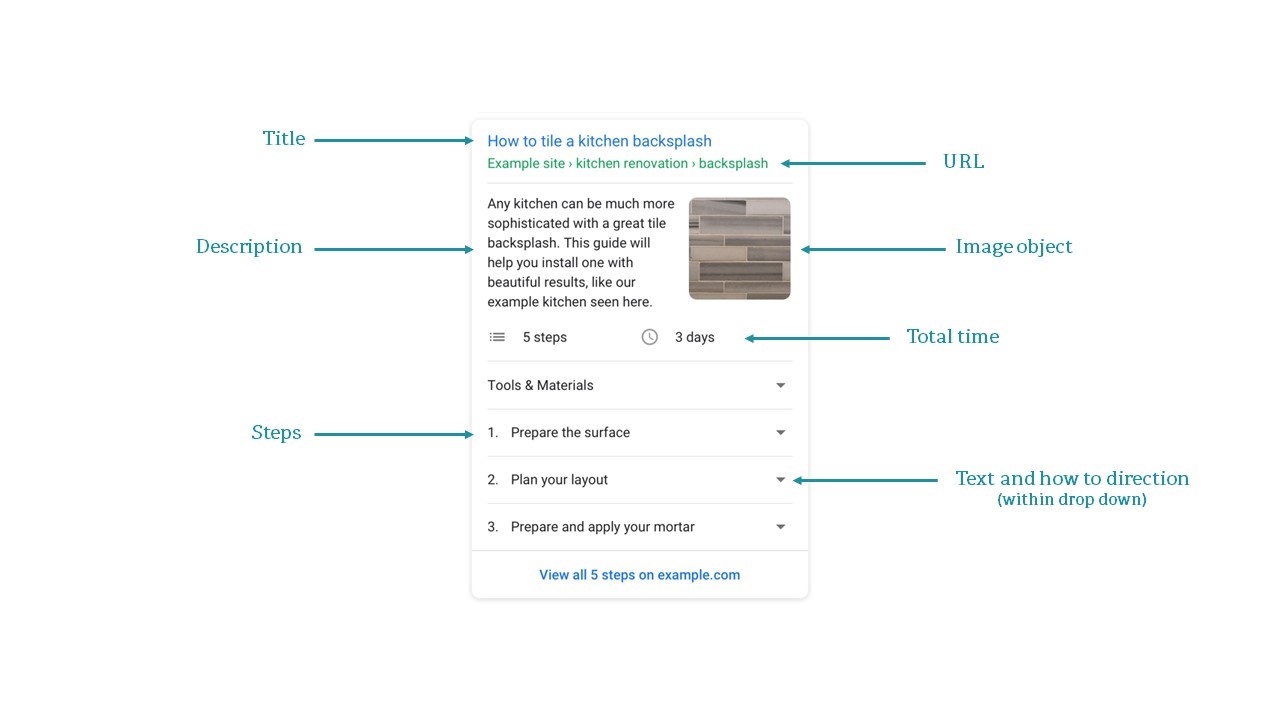
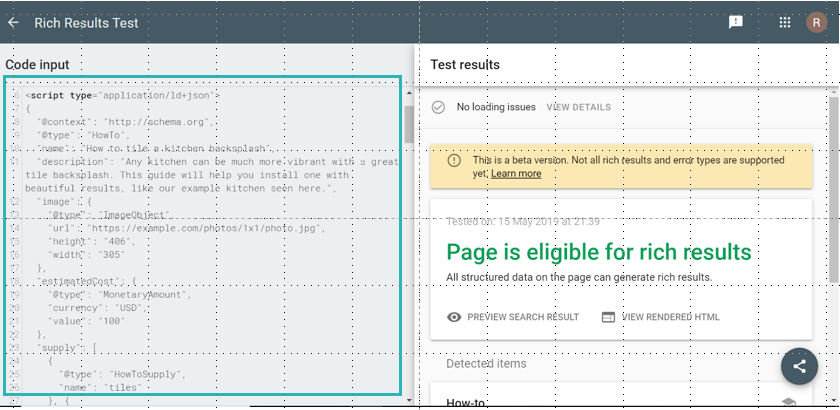
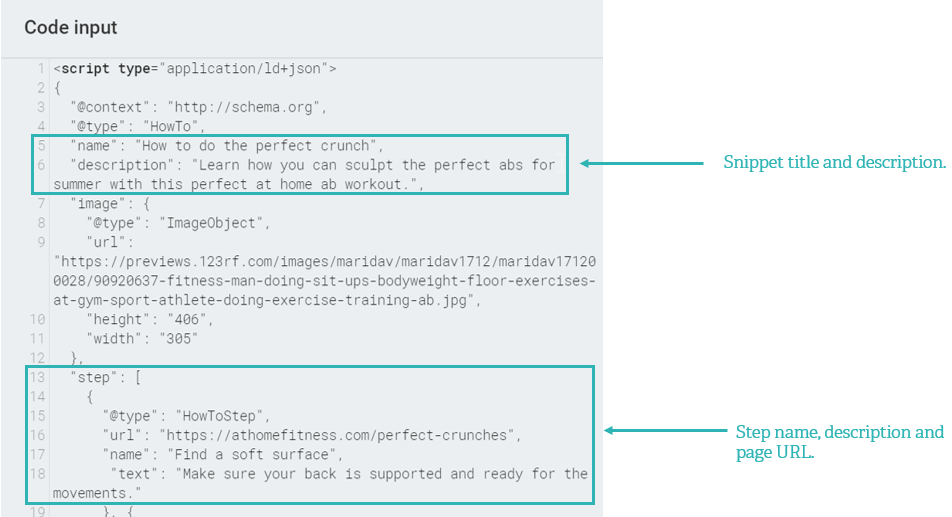
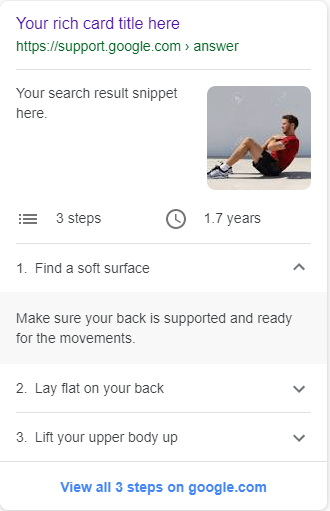
![common markup errors example missing , or ] in array declaration](https://searchenginewatch.com/wp-content/uploads/2019/05/common-markup-errors-example-missing-or-in-array-declaration.png)



